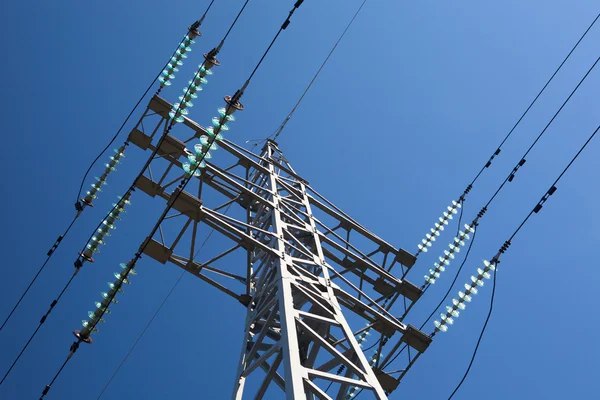Tajikistan stands out among developing countries for having achieved near-universal access to electricity by 2022. This milestone, documented in the international SDG7-2025 report by the UN, World Bank, WHO, IEA, and IRENA, places the country alongside Eastern European and South Caucasus states in electrification. However, beneath this achievement lie persistent vulnerabilities, particularly in rural and mountainous regions, where winter brings regular power outages due to seasonal dips in hydropower generation and surging demand.
Firewood and Coal Still Dominant
Despite near-total electrification, Tajikistan remains significantly behind in access to clean cooking fuels. Fewer than 40% of the population use modern, safe technologies. In villages, the majority of households still rely on coal, firewood, or even manure for heating and cooking, practices that pose serious environmental and health risks, especially for women and children.
Tajikistan’s power sector is heavily dependent on hydropower, which accounts for over 90% of electricity production. While this results in low CO₂ emissions, it also creates structural vulnerabilities. Climate change and glacial retreat threaten the reliability of this single energy source. Meanwhile, the potential of solar and wind energy remains largely untapped due to a lack of investment, insufficient institutional frameworks, and limited support for decentralized energy projects.
Lagging in Energy Efficiency
Tajikistan is one of the most energy-intensive countries in the region. Aging heating systems, poorly insulated buildings, and inefficient technologies in agriculture and industry all contribute to this inefficiency.
The SDG7 report emphasizes the need to upgrade buildings and adopt energy-saving technologies. Some progress has been made: with assistance from the European Bank for Reconstruction and Development (EBRD), thermal upgrades are underway in schools and hospitals.
In 2021, Tajikistan received approximately $100 million in international support for energy projects, most of it allocated to hydropower. Major donors include the World Bank, the Asian Development Bank (ADB), and various UN agencies. However, investment in solar and wind energy, as well as broader energy efficiency initiatives, remains negligible. Experts are urging international partners to revise their priorities and fund projects that directly improve living standards, particularly in remote and rural areas.
A Regional Disparity in Investment
The pace of energy transition varies across Central Asia. While electrification is largely complete, access to clean cooking fuels remains uneven. Tajikistan and Kyrgyzstan are notably behind in this area. In contrast, Uzbekistan has emerged as a regional leader, securing the bulk of international energy investment. Uzbekistan, on the contrary, entered the top five world leaders in attracting investments in green energy.
Globally, progress toward Sustainable Development Goal 7 (SDG 7) is slowing. As of 2022, 91% of the world’s population had access to electricity, but over two billion people still rely on harmful fuels for cooking. Energy efficiency improvements are lagging, advancing at just one-quarter of the pace needed to meet 2030 targets.
Charting a Path Forward
Experts recommend three immediate priorities for Tajikistan. First, scaling up decentralized solar and wind energy projects. Second, investing in the energy efficiency of buildings and infrastructure. Third, expanding access to clean cooking fuels through local production, targeted subsidies, and educational programs.
To support this transition, Tajikistan must also invest in workforce training and deepen cooperation with international donors. Without a strategic shift in investment and policy, the country risks falling short of its sustainable energy goals, despite its early progress in electrification.









